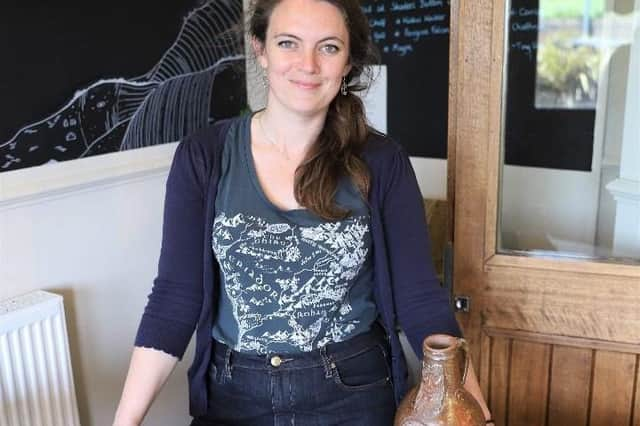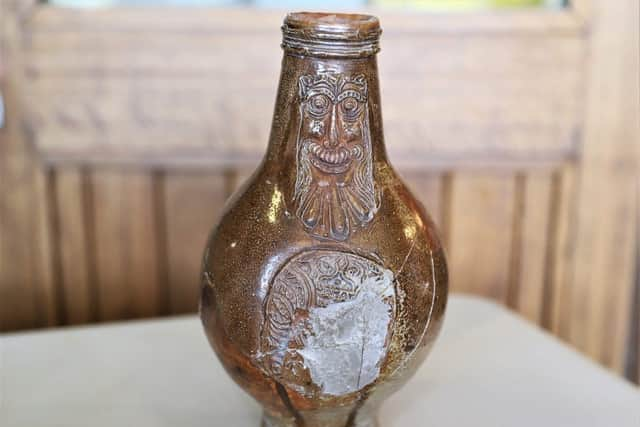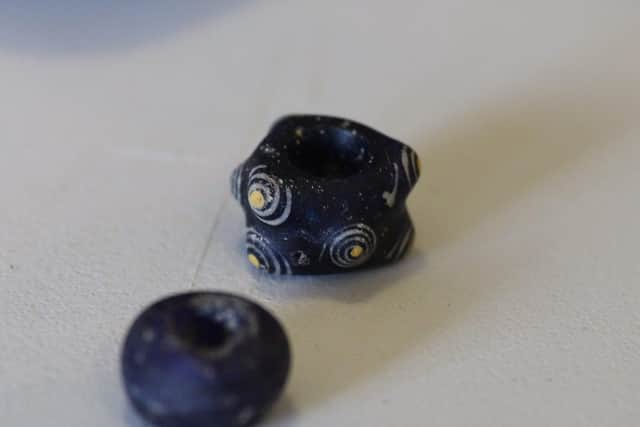Eastbourne residents encouraged to take part in the Big Dig this summer


Residents are being invited to take part in The Big Dig taking place across Eastbourne this summer, in a bid to reveal more about the town’s early beginnings.
Organised by Eastbourne Borough Council’s Heritage Eastbourne team, The Big Dig is part of the Changing Chalk partnership supported by The National Lottery Heritage Fund and the players of People’s Postcode Lottery.
Advertisement
Hide AdAdvertisement
Hide AdBetween Friday 9 June and Sunday 11 June, Heritage Eastbourne is asking people to dig test pits in their own gardens to give a snapshot of how parts of Eastbourne developed as a Downland settlement, and to find out more about the daily lives of Eastbourne’s residents throughout history.


Councillor Margaret Bannister, Eastbourne Borough Council’s Lead Member for Tourism & Culture said, “This is our biggest archaeological project yet, and the first time we have been able to involve the whole community in an excavation that could potentially reveal important new information about our humble beginnings.
As well as potentially uncovering new finds, this project is also a wonderful learning experience and an opportunity for budding archaeologists to pick up new skills.”
A test pit is a small archaeological excavation, consisting of a square trench measuring 1m² and up to 1m deep, that can be dug by hand, by anyone, in their own open space such as a back garden.
Advertisement
Hide AdAdvertisement
Hide AdThe test pit is dug methodically, i.e., layer by layer, and carefully recorded, with the aim of identifying evidence of past human activity, usually by finding pieces of pottery and other material, or, if people are lucky, archaeological features such as rubbish pits, building postholes or wall foundations.


While historians can learn a great deal about the history of our towns and villages through study of historical documents and maps, place names, aerial photographs and more, archaeological excavation is often the best or only way to add to or confirm the results of such research.
A team of 'Flying Archaeologists' will be on hand to supervise and ensure all excavations and recording are done correctly while another team of finds specialists will be in an operations room in Motcombe Gardens to record and interpret the archaeology. There will also be several test pits in public spaces in Eastbourne and visitors are welcome to pop by and see what the team has uncovered.
National Trust area archaeologist, James Brown commented: “The Big Dig is an excellent opportunity to bring the excitement of archaeology and the thrill of discovery into your back garden. With the support of helpful local experts you will be adding to a team effort to research how Eastbourne has developed over time and how closely it is linked with the story of the Downs on your doorstep. We hope that you'll join us to give it a go and help build the story of Eastbourne.”
Advertisement
Hide AdAdvertisement
Hide AdFull training and resources will be provided. For more information and to sign up, visit www.HeritageEastbourne.co.uk
Changing Chalk is a partnership of organisations, led by the National Trust, working together to restore lost habitats, bring histories to life and offer new experiences in the outdoors. It is supported by The National Lottery Heritage Fund thanks to money raised by National Lottery players, players of People’s Postcode Lottery and The Linbury Trust.
To view some of the artefacts found in previous excavations in full 3D, or visit the places they were found, visit The Story of Eastbourne trail visiteastbourne.com/heritage/projects/3d-trail